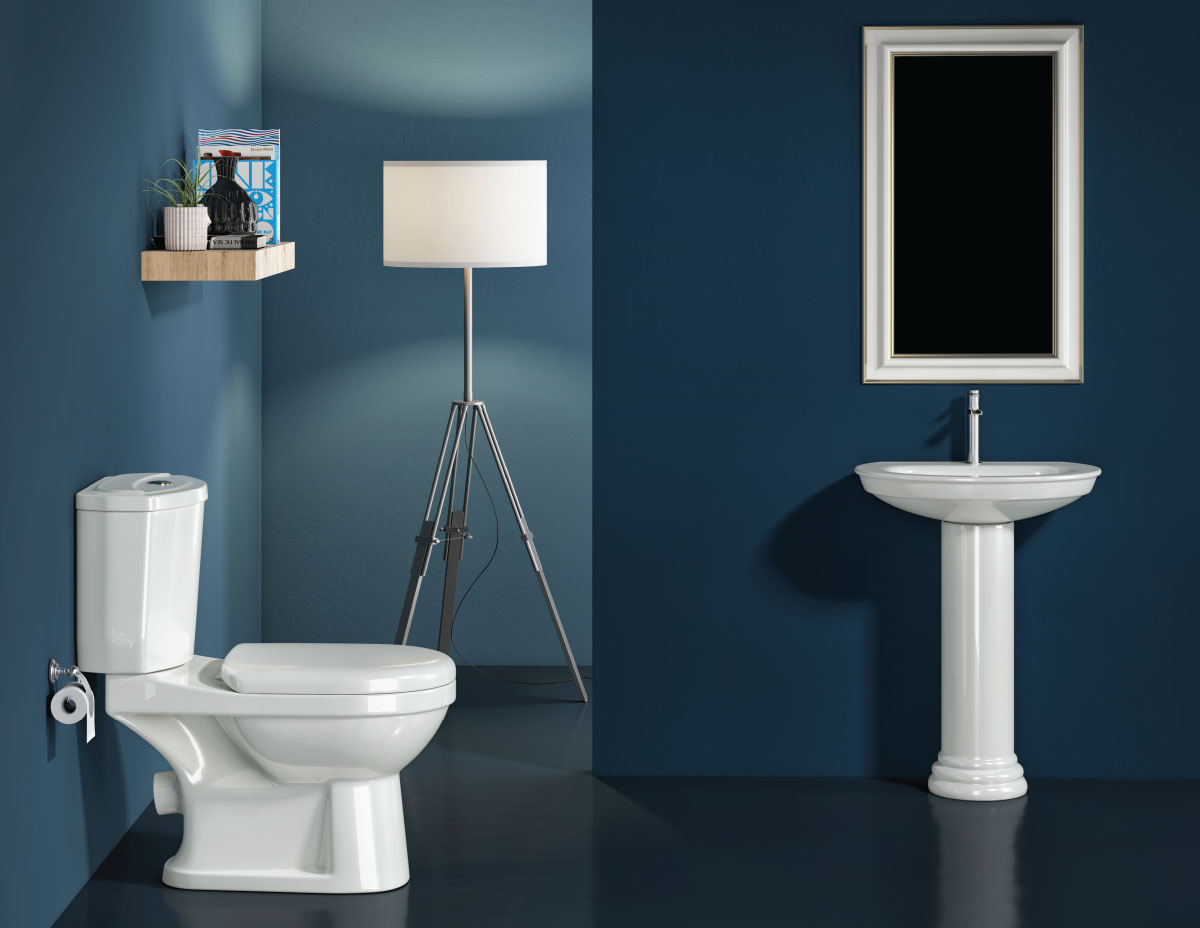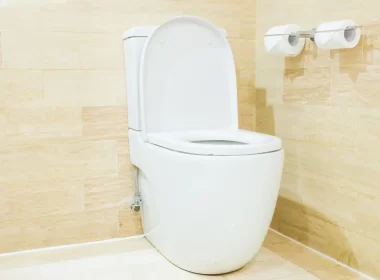
Ceramic Water Closets: A Craftsmanship
In the world of modern plumbing, ceramic water closets stand out as an essential fixture that seamlessly blends functionality, aesthetics, and hygiene. These fixtures, commonly known as toilets, have come a long way from their humble origins, evolving into sophisticated pieces of bathroom design. In this comprehensive guide, we’ll explore the art and science behind ceramic water closets, examining their history, construction, benefits, and the latest innovations.
The Evolution of Ceramic Water Closets:
The concept of indoor plumbing and toilets dates back to ancient civilizations, with various cultures developing rudimentary systems for waste disposal. However, it was during the 19th and 20th centuries that the modern ceramic water closet as we know it began to take shape. The integration of sanitary ceramics, a material prized for its durability, smooth surface, and ease of cleaning, marked a significant turning point in toilet design.
Abstract Cera – India

Benefits of Ceramic Water Closets:
Ceramic water closets offer hygiene, durability, aesthetics, and environmental impact due to their non-porous surface, smooth lines, and fewer crevices. They are made of vitreous china and porcelain, ensuring longevity and a sleek finish. They also contribute to water efficiency, reducing water consumption.
Features and Design:
Modern ceramic water closets offer diverse flushing mechanisms, bowl shapes, heights, and water efficiency, catering to diverse plumbing setups and user needs, with low-flow models reducing water consumption and utility bills.

Construction and Materials:
Ceramic closets are predominantly made from vitreous china or porcelain, both of which are types of ceramic materials fired at high temperatures to achieve strength, durability, and a smooth, non-porous surface. The manufacturing process involves molding the ceramic into the desired shape, followed by glazing to enhance the surface’s water-resistant properties. The result is a sleek, glossy finish that not only adds to the aesthetics but also facilitates easy cleaning.
Conclusion:
Ceramic water closets are predominantly made from vitreous china or porcelain, both of which are types of ceramic materials fired at high temperatures to achieve strength, durability, and a smooth, non-porous surface. The manufacturing process involves molding the ceramic into the desired shape, followed by glazing to enhance the surface’s water-resistant properties. The result is a sleek, glossy finish that not only adds to the aesthetics but also facilitates easy cleaning.

